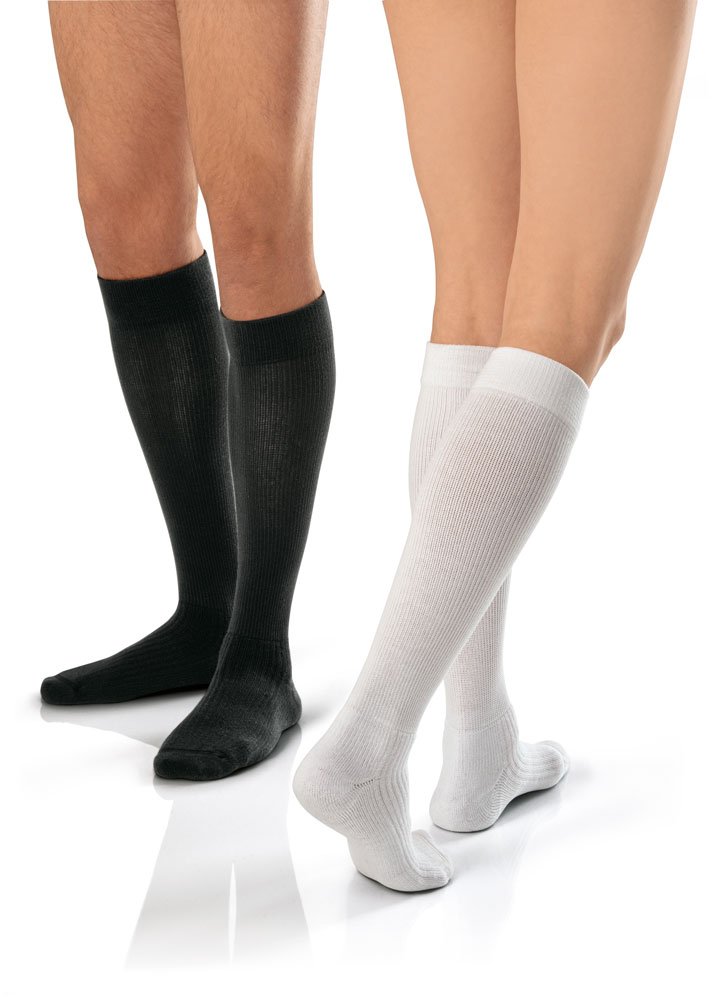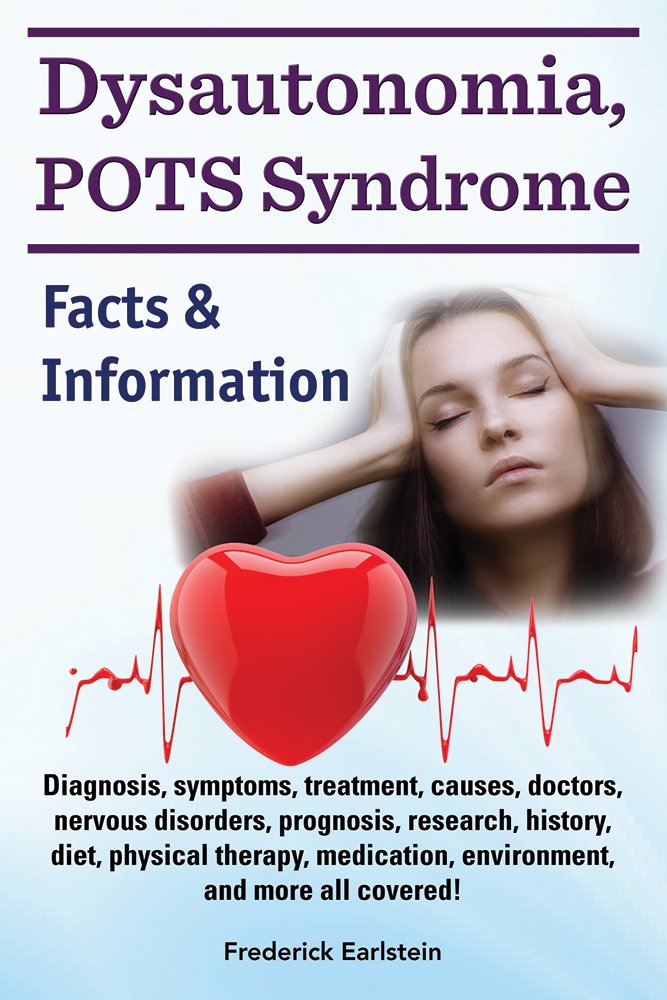Hypotension is low blood pressure, especially in the arteries of the systemic circulation. Blood pressure is the force of blood pushing against the walls of the arteries as the heart pumps out blood. Hypotension is generally considered if systolic blood pressure less than 90 millimeters of mercury (mm Hg) or diastolic less than 60 mm Hg. However, in practice, blood pressure is considered too low only if noticeable symptoms are present.
Hypotension is the opposite of hypertension, which is high blood pressure. It is best understood as a physiological state, rather than a disease. It is often associated with shock, though not necessarily indicative of it.
For some people who exercise and are in top physical condition, low blood pressure is a sign of good health and fitness. For many people, excessively low blood pressure can cause dizziness and fainting or indicate serious heart, endocrine or neurological disorders. Severely low blood pressure can deprive the brain and other vital organs of oxygen and nutrients, leading to a life-threatening condition called shock.

Signs and symptoms
The cardinal symptoms of hypotension include lightheadedness or dizziness.
If the blood pressure is sufficiently low, fainting and often seizures occur.
Low blood pressure is sometimes associated with certain symptoms, many of which are related to causes rather than effects of hypotension:
Medicine For Hypotension Video
Causes
Low blood pressure can be caused by low blood volume, hormonal changes, widening of blood vessels, medicine side effects, anemia, heart problems or endocrine problems.
Reduced blood volume, hypovolemia, is the most common cause of hypotension. This can result from hemorrhage; insufficient fluid intake, as in starvation; or excessive fluid losses from diarrhea or vomiting. Hypovolemia is often induced by excessive use of diuretics. Low blood pressure may also be attributed to heat stroke. The body may have enough fluid but does not retain electrolytes. Absence of perspiration, light headedness and dark coloured urine are also indicators.
Other medications can produce hypotension by different mechanisms. Chronic use of alpha blockers or beta blockers can lead to hypotension. Beta blockers can cause hypotension both by slowing the heart rate and by decreasing the pumping ability of the heart muscle.
Decreased cardiac output despite normal blood volume, due to severe congestive heart failure, large myocardial infarction, heart valve problems, or extremely low heart rate (bradycardia), often produces hypotension and can rapidly progress to cardiogenic shock. Arrhythmias often result in hypotension by this mechanism.
Some heart conditions can lead to low blood pressure, including extremely low heart rate (bradycardia), heart valve problems, heart attack and heart failure. These conditions may cause low blood pressure because they prevent the body from being able to circulate enough blood.
Excessive vasodilation, or insufficient constriction of the resistance blood vessels (mostly arterioles), causes hypotension. This can be due to decreased sympathetic nervous system output or to increased parasympathetic activity occurring as a consequence of injury to the brain or spinal cord or of dysautonomia, an intrinsic abnormality in autonomic system functioning. Excessive vasodilation can also result from sepsis, acidosis, or medications, such as nitrate preparations, calcium channel blockers, or AT1 receptor antagonists (Angiotensin II acts on AT1 receptors). Many anesthetic agents and techniques, including spinal anesthesia and most inhalational agents, produce significant vasodilation.
Meditation, yoga, or other mental-physiological disciplines may reduce hypotensive effects.
Lower blood pressure is a side effect of certain botanicals, which can also interact with hypotensive medications. An example is the theobromine in Theobroma cacao, which lowers blood pressure through its actions as both a vasodilator and a diuretic, and has been used to treat high blood pressure.
Syndromes
Orthostatic hypotension, also called postural hypotension, is a common form of low blood pressure. It occurs after a change in body position, typically when a person stands up from either a seated or lying position. It is usually transient and represents a delay in the normal compensatory ability of the autonomic nervous system. It is commonly seen in hypovolemia and as a result of various medications. In addition to blood pressure-lowering medications, many psychiatric medications, in particular antidepressants, can have this side effect. Simple blood pressure and heart rate measurements while lying, seated, and standing (with a two-minute delay in between each position change) can confirm the presence of orthostatic hypotension. Orthostatic hypotension is indicated if there is a drop in 20 mmHg of systolic pressure (and a 10 mmHg drop in diastolic pressure in some facilities) and a 20 beats per minute increase in heart rate.
Neurocardiogenic syncope is a form of dysautonomia characterized by an inappropriate drop in blood pressure while in the upright position. Neurocardiogenic syncope is related to vasovagal syncope in that both occur as a result of increased activity of the vagus nerve, the mainstay of the parasympathetic nervous system.
Another, but rarer form, is postprandial hypotension, a drastic decline in blood pressure that occurs 30 to 75 minutes after eating substantial meals. When a great deal of blood is diverted to the intestines (a kind of "splanchnic blood pooling") to facilitate digestion and absorption, the body must increase cardiac output and peripheral vasoconstriction to maintain enough blood pressure to perfuse vital organs, such as the brain. Postprandial hypotension is believed to be caused by the autonomic nervous system not compensating appropriately, because of aging or a specific disorder.
Hypotension is a feature of Flammer syndrome which is characterized by cold hands and feet and predisposes to normal tension glaucoma.

Pathophysiology
Blood pressure is continuously regulated by the autonomic nervous system, using an elaborate network of receptors, nerves, and hormones to balance the effects of the sympathetic nervous system, which tends to raise blood pressure, and the parasympathetic nervous system, which lowers it. The vast and rapid compensation abilities of the autonomic nervous system allow normal individuals to maintain an acceptable blood pressure over a wide range of activities and in many disease states.
Diagnosis
The diagnosis of hypotension is made by first obtaining a blood pressure, either non-invasively with a sphygmomanometer or invasively with an arterial catheter (mostly in an intensive care setting). If the MAP (Mean Arterial Pressure) is <65mmHg, this is generally considered hypotension.
For most adults, the healthiest blood pressure is at or below 120/80 mmHg. A small drop in blood pressure, even as little as 20 mmHg, can result in transient hypotension.
Evaluation of neurocardiogenic syncope is done with a tilt table test.
![Steven S. Agabegi MD, Elizabeth Agabegi MD] Step-Up to Medicine (St… Steven S. Agabegi MD, Elizabeth Agabegi MD] Step-Up to Medicine (St…](http://i0.wp.com/image.slidesharecdn.com/stevens-150917113529-lva1-app6891/95/steven-s-agabegi-md-elizabeth-agabegi-md-stepup-to-medicine-stepup-series3rd-edition-15-638.jpg?cb=1442489900)
Treatment
The treatment for hypotension depends on its cause. Chronic hypotension rarely exists as more than a symptom. Asymptomatic hypotension in healthy people usually does not require treatment. Adding electrolytes to a diet can relieve symptoms of mild hypotension. A morning dose of caffeine can also be effective. In mild cases, where the patient is still responsive, laying the person in dorsal decubitus (lying on the back) position and lifting the legs increases venous return, thus making more blood available to critical organs in the chest and head. The Trendelenburg position, though used historically, is no longer recommended.
Hypotensive shock treatment always follows the first four following steps. Outcomes, in terms of mortality, are directly linked to the speed that hypotension is corrected. Still-debated methods are in parentheses, as are benchmarks for evaluating progress in correcting hypotension. A study on septic shock provided the delineation of these general principles. However, since it focuses on hypotension due to infection, it is not applicable to all forms of severe hypotension.
- Volume resuscitation (usually with crystalloid)
- Blood pressure support with a vasopressor (all seem equivalent)
- Ensure adequate tissue perfusion (maintain SvO2 >70 with use of blood or dobutamine)
- Address the underlying problem (i.e. antibiotic for infection, stent or CABG (coronary artery bypass graft surgery) for infarction, steroids for adrenal insufficiency, etc...)
Medium-term (and less well-demonstrated) treatments of hypotension include:
- Blood sugar control (80-150 by one study)
- Early nutrition (by mouth or by tube to prevent ileus)
- Steroid support
Are You Looking for Products
Here some products related to "Hypotension".
The 1943 Year Book of Gen..
Jobst ActiveWear Compress..
Dysautonomia, POTS Syndro..
Boka's Notes Internal Med..
Get these at Amazon.com* amzn.to is official short URL for Amazon.com, provided by Bitly
Source of the article : here






EmoticonEmoticon